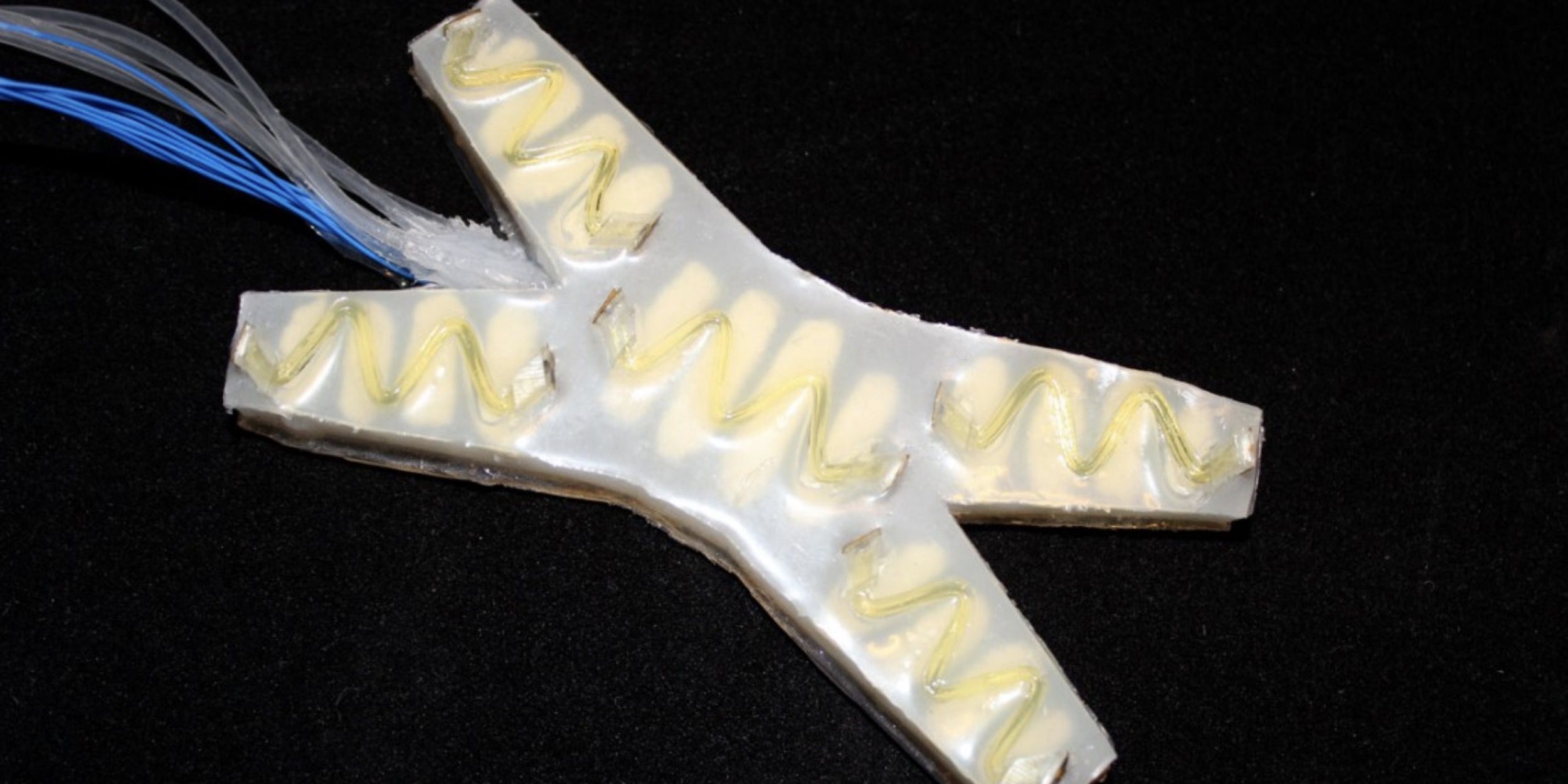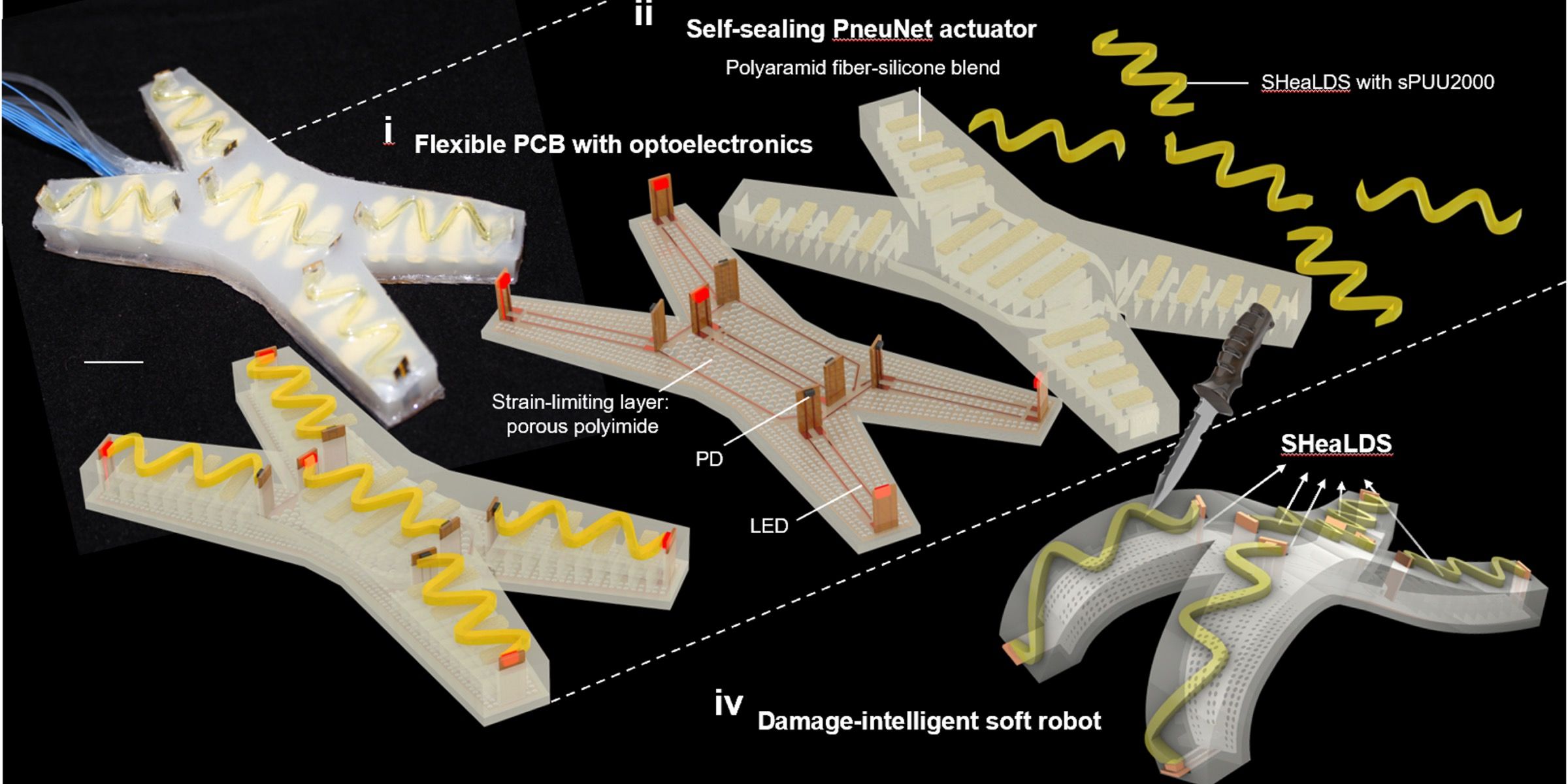Robots
Autonomousrobotsare the talking of skill town these days , but a team at Cornell University now claims to have develop a mild robot that not only detects damage but also cure on its own within minutes . Now , the land of subdued roboticsis no stranger to such on the face of it miraculous conception . In 2021 , research worker in Singapore showcased a material called AiFoam — short for artificially innervate foam — that has similar property . Made out of an elastic polymer with surface latent hostility - depress properties , pads made out of the stuff can bring around if they are prune .
The end is to put them on robotic appendages so that they can go general wear and tear . Meta , for example , could benefit from such material . The tech titan is put to work onits own ' artificial hide ' material phone ReSkinthat is quite sensitive to international stimuli and will make robotlike arm less clumsy . Meta demoed its skills by having automatonlike thumbs pick up a grape without squishing it to a pulp . But the big trouble is aggregate sensing as well as healing into the same bundle . A chemical group at Cornell appears to have snap the computer code .
Related : Could Self - Replicating Robots Cause The Robot Apocalypse ?

Say hello to ego - healing light guides for dynamic detection ( SHeaLDS ) , a system made up of " a toughened , limpid , and autonomously ego - healing " polymer and visual waveguides that candetect a surface accidental injury and heal it , too . Let ’s start with the smell out part first . golem are fundamentally a mesh of wires that send signals from one region to another . If wires result to the arm are damaged , the robotic brain wo n’t screw it has sustained injuries that need to be fixed . ocular wave guide , which trust on light to relay information , can still transfer the information if they are cut or punctured . This special kind of optic character grow atCornellcan also stretch , and is tailor - made for sonant robotics .
Find It, Fix It, All In Minutes
The next step is to engineer things in a path that the same system of rules can feel its environs for reach various pre - programmed task and also heal itself when needed . To attain that , the team bind these extra character optic sensors with a self - mend polyurethane urea ( sPUU ) elastomer . When applied on quadruped starfish - like robot and stabbed multiple times with a knife , the system heal itself within a few minutes at room temperature . Plus , itdidn’t need any external direction todo so . The healing happens at a molecular tier using sulfur and hydrogen bonds .
During the trial , the team found that even if the damaged part is break to H2O , most of its ego - healing capability is still intact . The inquiry paper , which was publish in theScienceAdvancesjournal , take down that SHeaLDS ' healing properties can be enhanced with control heating . It also tug fore the mind that nanoparticles grant light - drug-addicted heating system could one Clarence Day be imbed in the system to accelerate the healing unconscious process . The last goal is to accomplish something similar to physical intelligence activity in animals . This hurt intelligence service inrobotscould prove to be extremely helpful fordamage - prone scenario such as making blank suits , parachutes for spacecrafts , wearables , and machines function in abrasive environments .
More : This Robot Dog Can Chase You Off - Road & Up Stairs Thanks To Computer Vision

Image: Cornell University
Source : Cornell Chronicle , ScienceAdvances

Image: Cornell University
